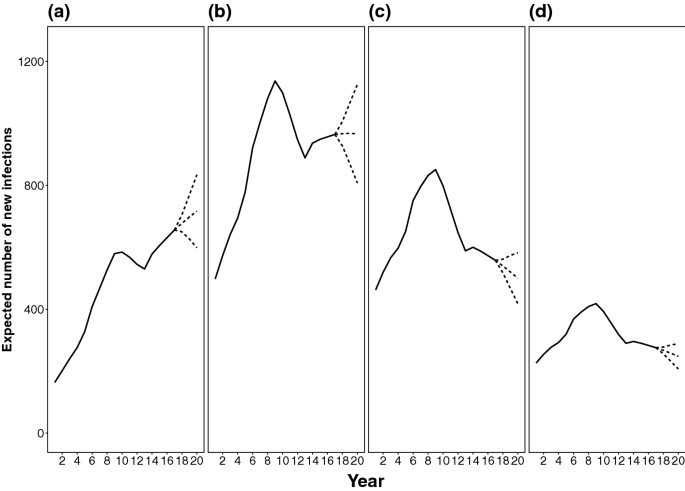
Undiagnosed HIV infection is problematic as individuals who are unaware that they are HIV-positive cannot benefit from highly effective treatment and may unknowingly transmit the virus (1, 8). People living with HIV may be undiagnosed due to the nature of the virus, as symptoms may not appear at the time of infection (2, 7). In addition to providing HIV prevalence data, the Public Health Agency of Canada (PHAC) also provides estimates for the undiagnosed proportion, which refers to people living with HIV who have not been diagnosed and are therefore unaware of their HIV-positive status (5). This prevalence estimate refers to the number of individuals living with HIV who are diagnosed and undiagnosed at a given time (1, 6). In Canada, the estimated prevalence rate of HIV at the end of 2016 was 173 per 100,000 population (1). Of the 21% of people living with HIV in Canada in 2014 who were undiagnosed, approximately 18% were attributed to the men who have sex with men exposure category, 20% to injection drug use, and 28% to heterosexual contact (5).The proportion of individuals living with HIV in Canada who were undiagnosed in 2016 was estimated using a complex statistical method known as “back-calculating”, which requires reliable data on HIV diagnoses and deaths from previous years (4).Different types of data can be used across a variety of methodologies to estimate the undiagnosed proportion of people living with HIV (2, 3).



 0 kommentar(er)
0 kommentar(er)
